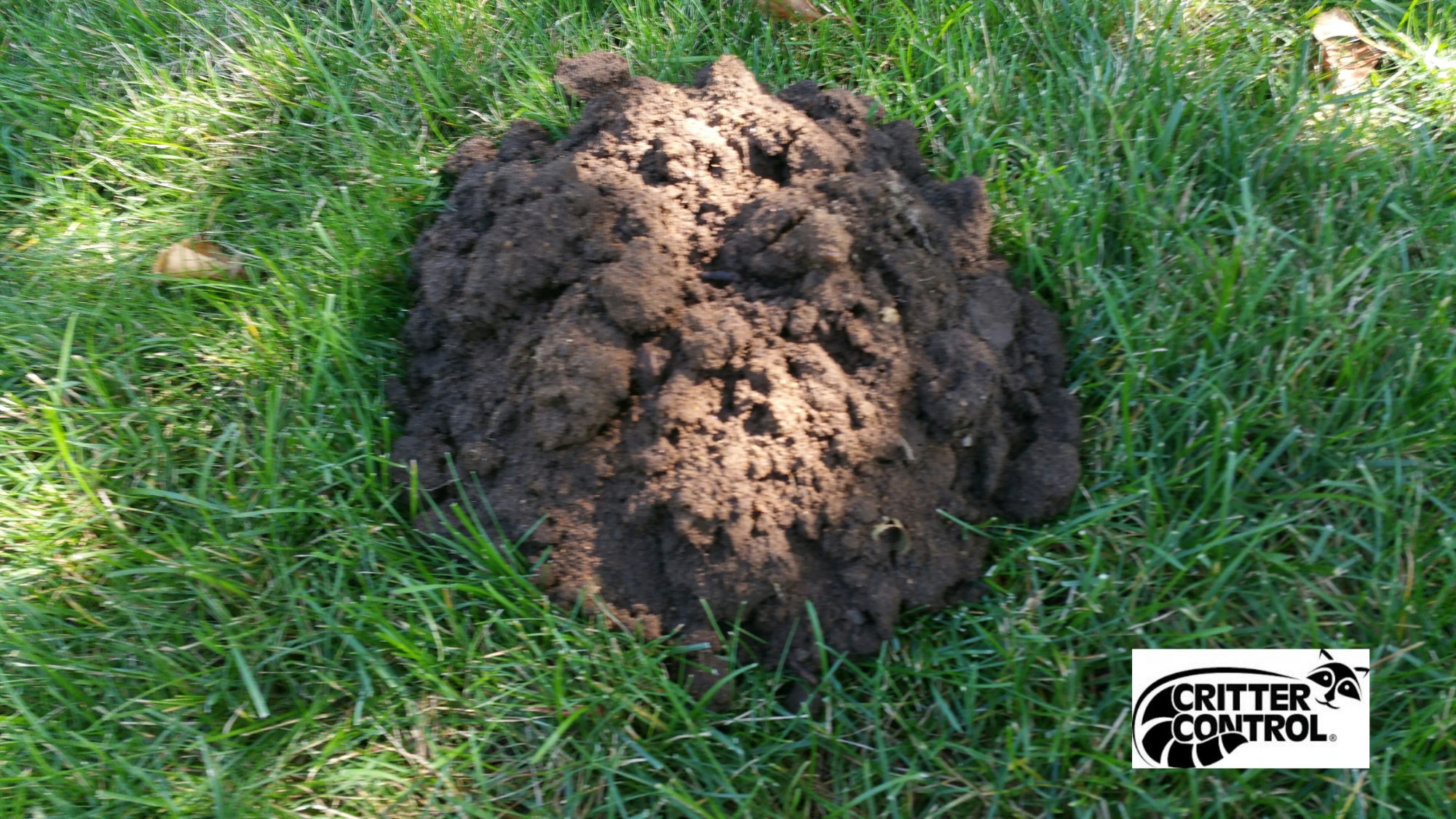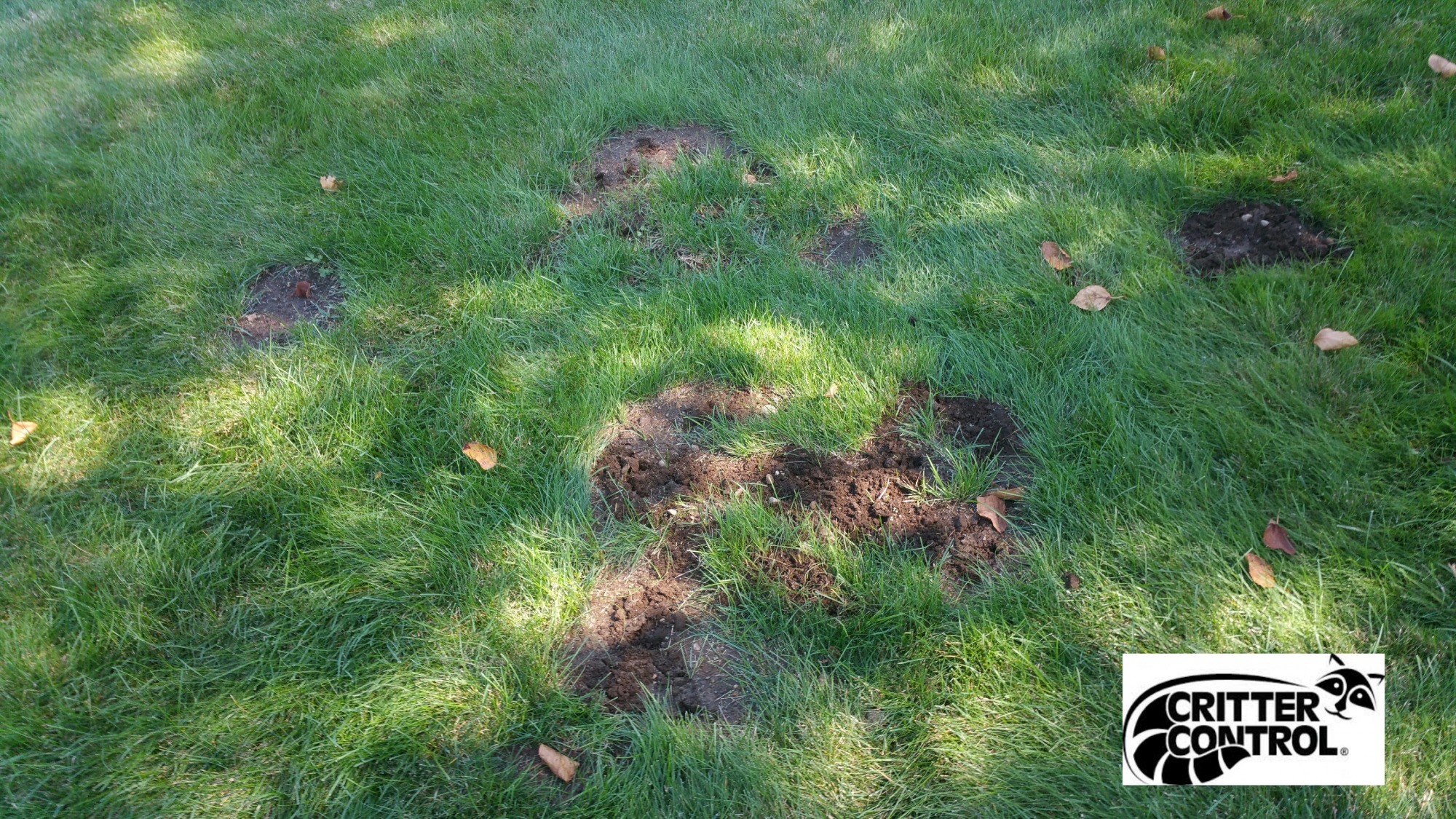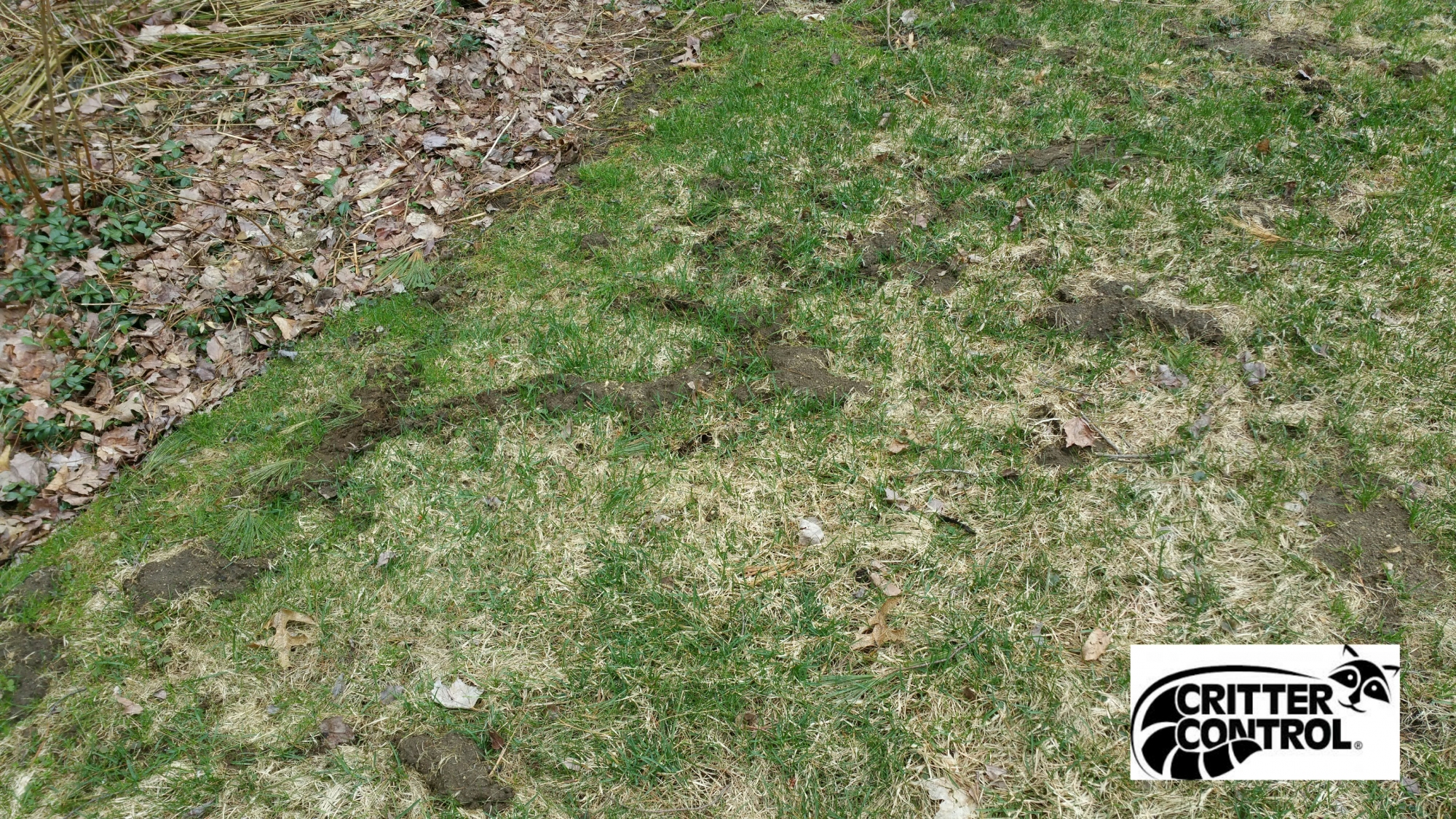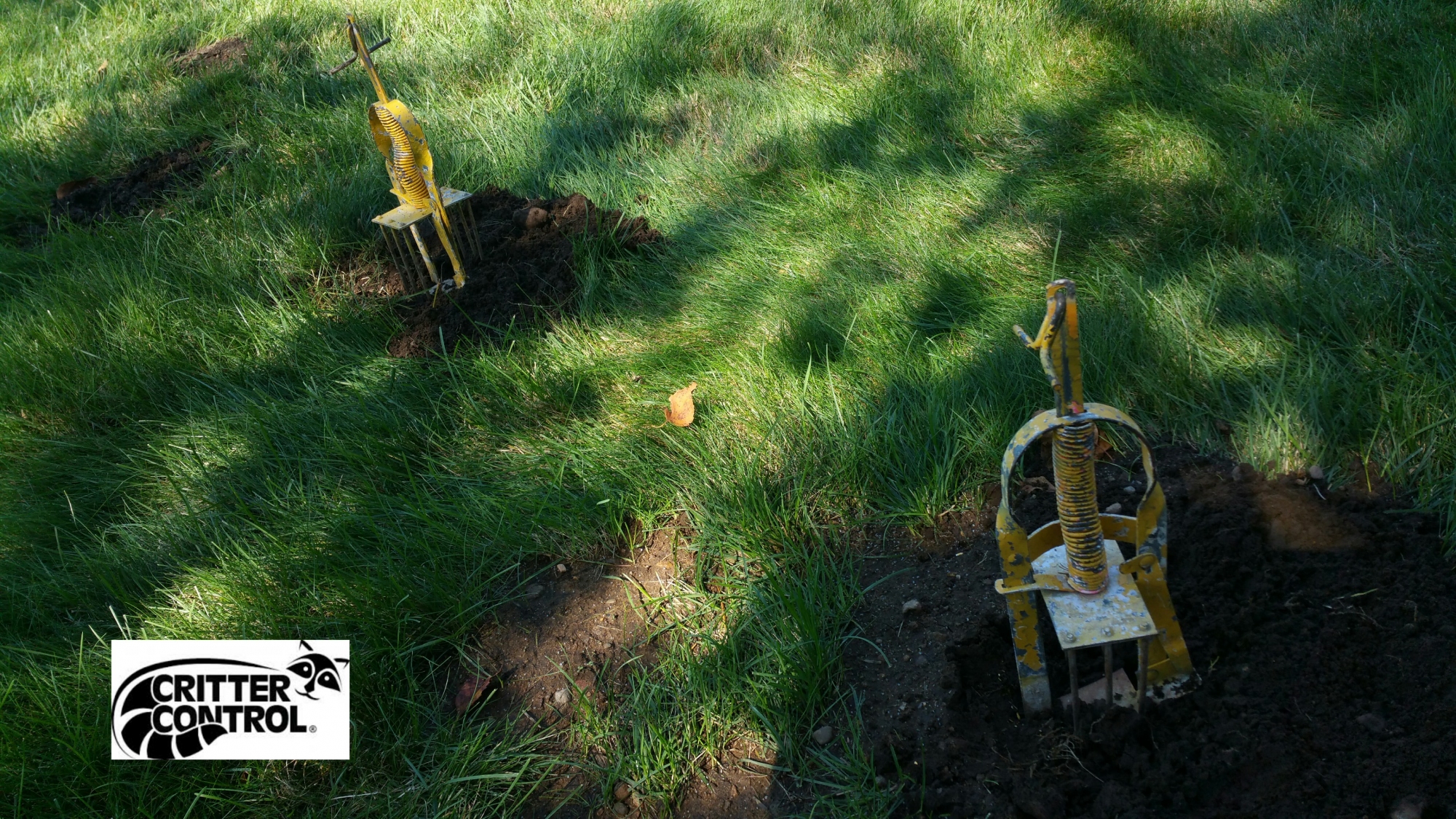Moles are incredibly destructive critters that can cause extensive damage to your landscaping in a short period of time. Critter Control of New Hampshire has all the solutions you need to remove moles from your property!
Common Mole Problems
New Hampshire moles are typically most active during the rainy seasons, including spring and fall. Your yard is home to moles’ favorite snacks: earthworms and grubs! When it rains, the earthworms and grubs are brought to the surface where moles can hunt and eat them. The weather and white grub life cycles result in the increase of mole problems in New Hampshire.
Comprehensive Mole Control
The amount of damage that moles can create will have homeowners or business owners thinking there is 100 or more moles causing the damage, but usually, there are only 1-3 moles causing the destruction.
Mole Traps
Our skilled team of professionals will utilize a trapping program to effectively get the mole population under control in your yard.
Different trap styles for moles will be utilized depending on which soil type you have and whether or not you have mulch. Your technician will be able to determine the best trapping answer for your personalized mole problem!
Call Critter Control of New Hampshire today if you are experiencing a mole problem!






